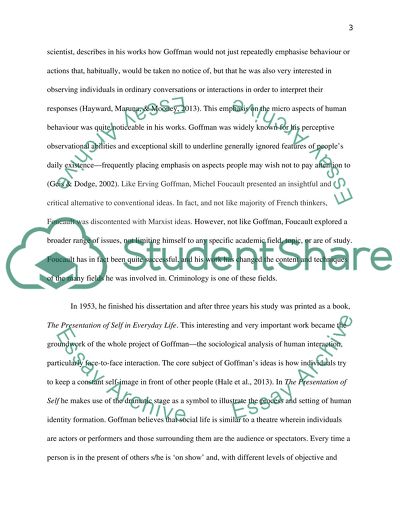Cite this document
(“Compare and contrast two contemporary criminologists (from the Essay”, n.d.)
Compare and contrast two contemporary criminologists (from the Essay. Retrieved from https://studentshare.org/sociology/1495516-compare-and-contrast-two-contemporary
Compare and contrast two contemporary criminologists (from the Essay. Retrieved from https://studentshare.org/sociology/1495516-compare-and-contrast-two-contemporary
(Compare and Contrast Two Contemporary Criminologists (from the Essay)
Compare and Contrast Two Contemporary Criminologists (from the Essay. https://studentshare.org/sociology/1495516-compare-and-contrast-two-contemporary.
Compare and Contrast Two Contemporary Criminologists (from the Essay. https://studentshare.org/sociology/1495516-compare-and-contrast-two-contemporary.
“Compare and Contrast Two Contemporary Criminologists (from the Essay”, n.d. https://studentshare.org/sociology/1495516-compare-and-contrast-two-contemporary.


